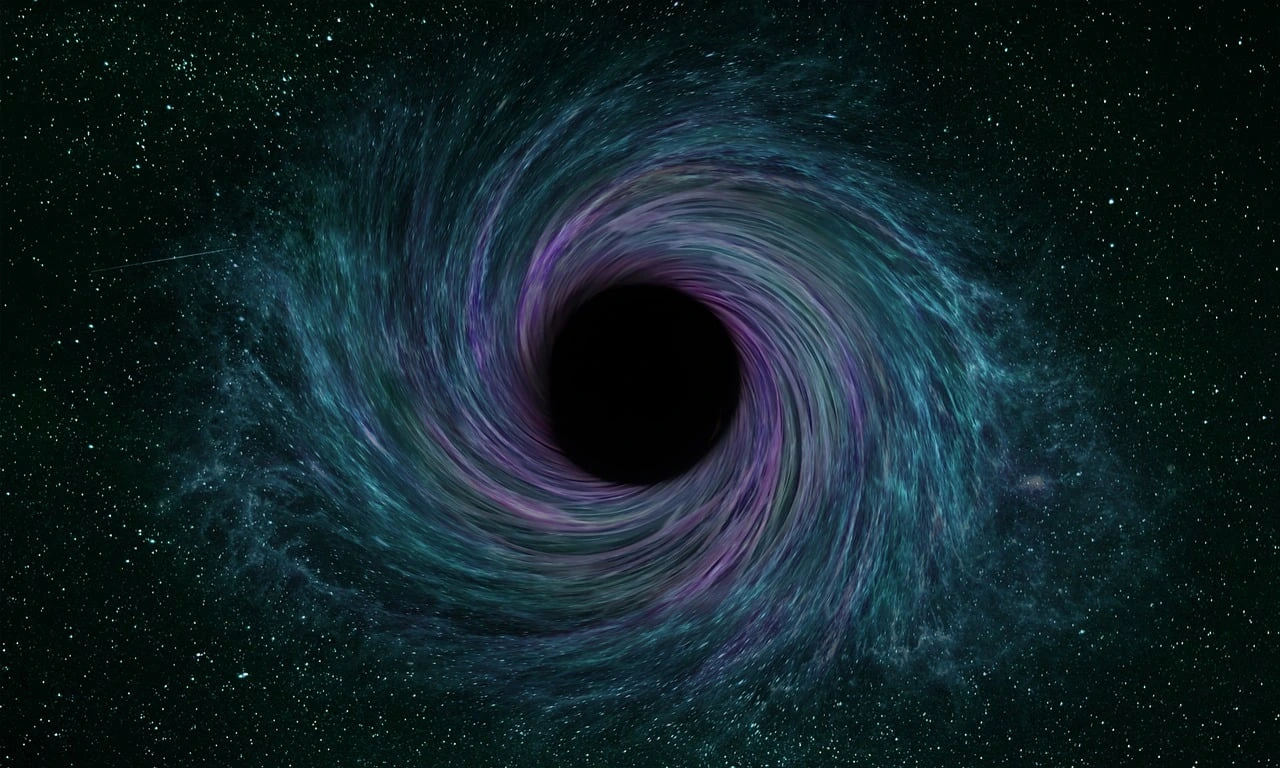Introduction
When it comes to exploring the mysteries of the universe, black holes are one of the most fascinating and enigmatic subjects in astrophysics. Black holes are extremely dense regions of space where gravity is so strong that not even light can escape. These cosmic beasts have been the subject of intense study for decades, with scientists trying to understand their properties and behavior.
In this article, we will explore the biggest black hole in the universe and the incredible science behind it.
What is a Black Hole?
A black hole is a region of space-time where gravity is so strong that nothing, not even light, can escape. They are formed when a massive star runs out of fuel and collapses under the weight of its own gravity. This collapse creates a singularity, a point of infinite density where the laws of physics as we know them break down.
The size of a black hole is determined by its mass, with larger black holes having a greater mass. There are three types of black holes: stellar, intermediate, and supermassive. Stellar black holes are the smallest, with a mass of around 5 to 20 times that of the Sun. Intermediate black holes have a mass of up to a few hundred thousand times that of the Sun, while supermassive black holes have a mass of millions to billions of times that of the Sun.
The Biggest Black Hole in the Universe
The biggest black hole in the universe is known as TON 618, located in the constellation Canes Venatici, approximately 10.37 billion light-years away from Earth. TON 618 is a supermassive black hole with a mass estimated to be around 66 billion times that of the Sun, making it one of the most massive black holes known to exist.
Scientists have been studying TON 618 for many years, trying to understand its properties and behavior. One of the most intriguing things about TON 618 is its size. Its enormous mass means that it has an event horizon, the point of no return around a black hole, that is around 130 billion kilometers in diameter, making it larger than the entire solar system.
TON 618 is also incredibly active, with a luminosity that is thousands of times greater than that of the entire Milky Way galaxy. This intense activity is believed to be caused by the accretion of matter onto the black hole. As matter falls into the black hole, it heats up and emits radiation, creating the bright glow that astronomers observe.
The Science Behind TON 618
Understanding the science behind TON 618 is a complex task that requires the use of some of the most advanced technology available. Astronomers use a variety of telescopes and instruments to study TON 618, including X-ray telescopes, radio telescopes, and optical telescopes.
One of the key tools used to study TON 618 is spectroscopy. Spectroscopy is a technique that allows scientists to analyze the light emitted by an object and determine its chemical composition and other properties. By studying the light emitted by TON 618, astronomers can learn more about the matter that is falling into the black hole and the processes that are driving its intense activity.
Another important tool used to study TON 618 is computer simulations. Computer simulations allow scientists to create models of the black hole and the surrounding environment and test different theories and hypotheses about its behavior. These simulations can help astronomers to understand the complex dynamics of the accretion disk around the black hole and the jets of material that are ejected from its poles.
Conclusion
TON 618 is an incredible object that has fascinated astronomers for many years. Its enormous size and intense activity make it a key target for scientific study, helping us to understand the mysteries of the universe and the behavior of these enigmatic cosmic beasts. While there is
